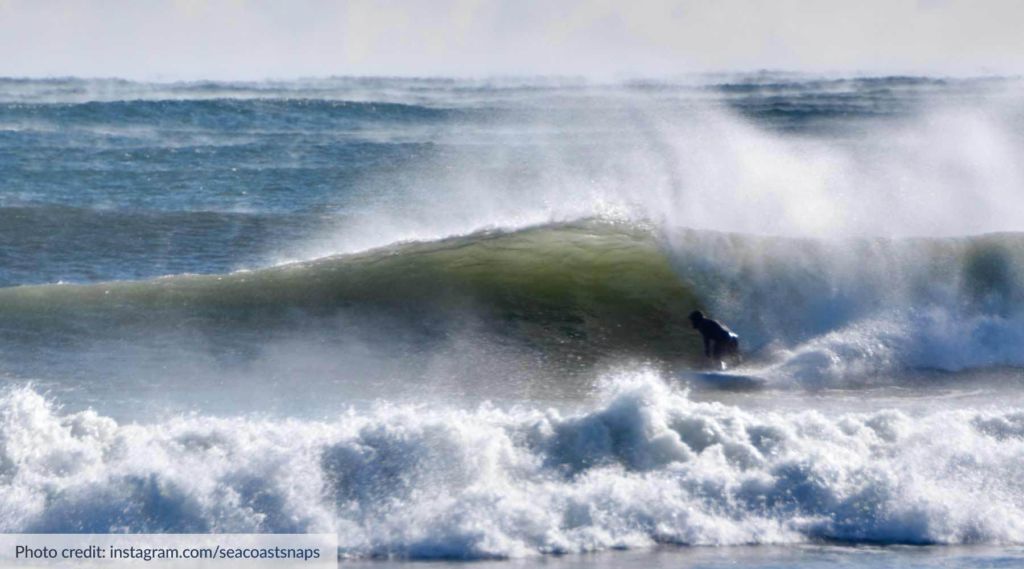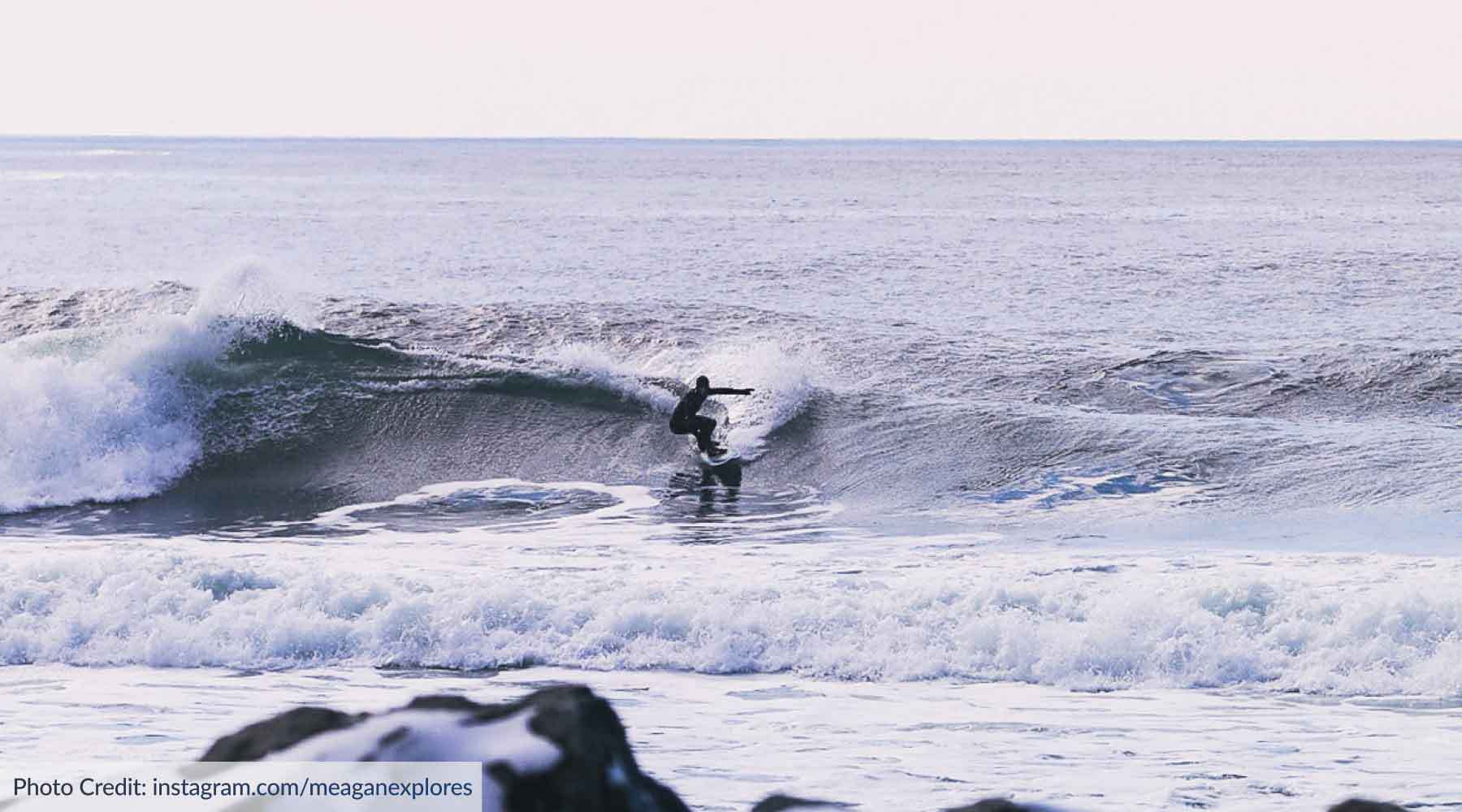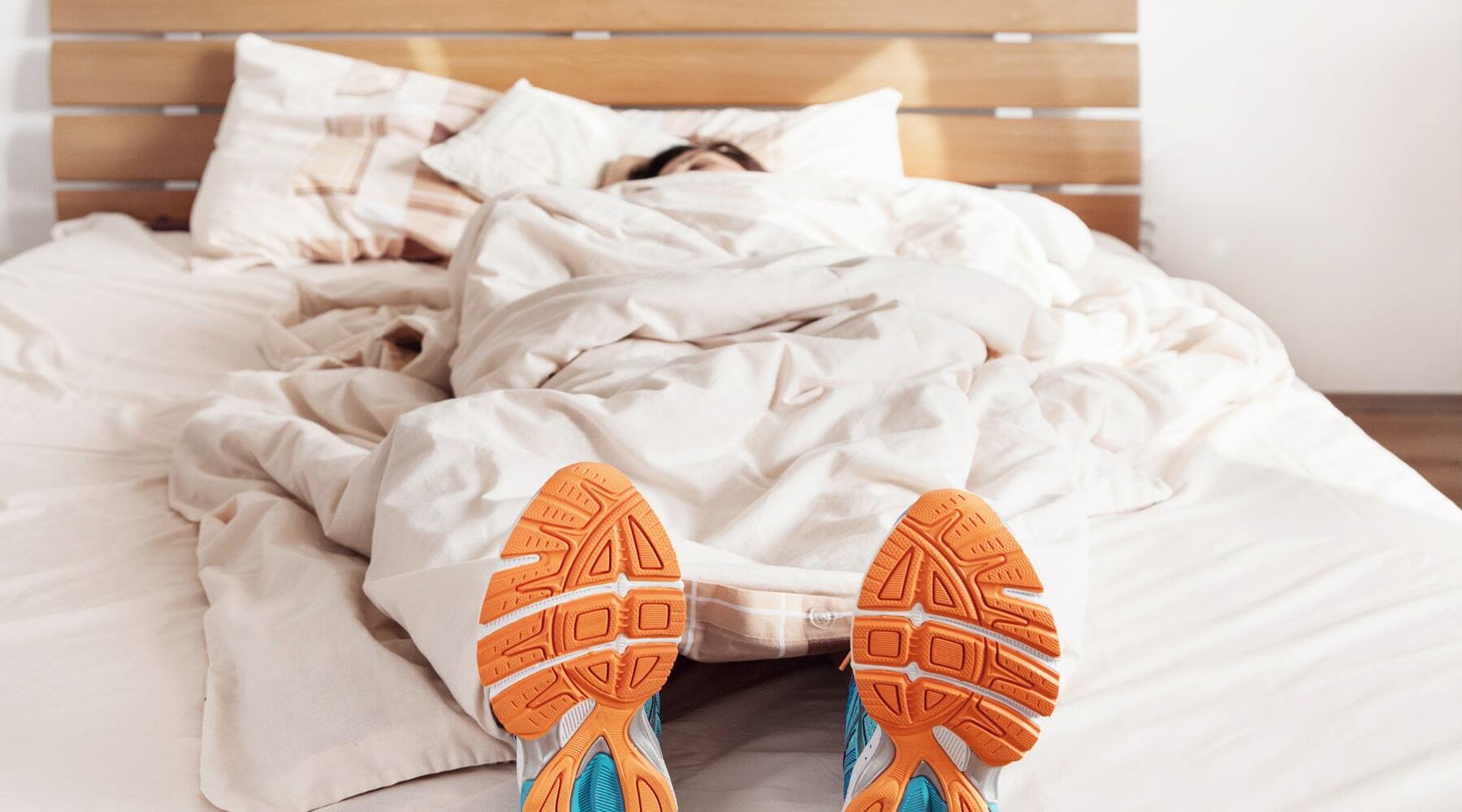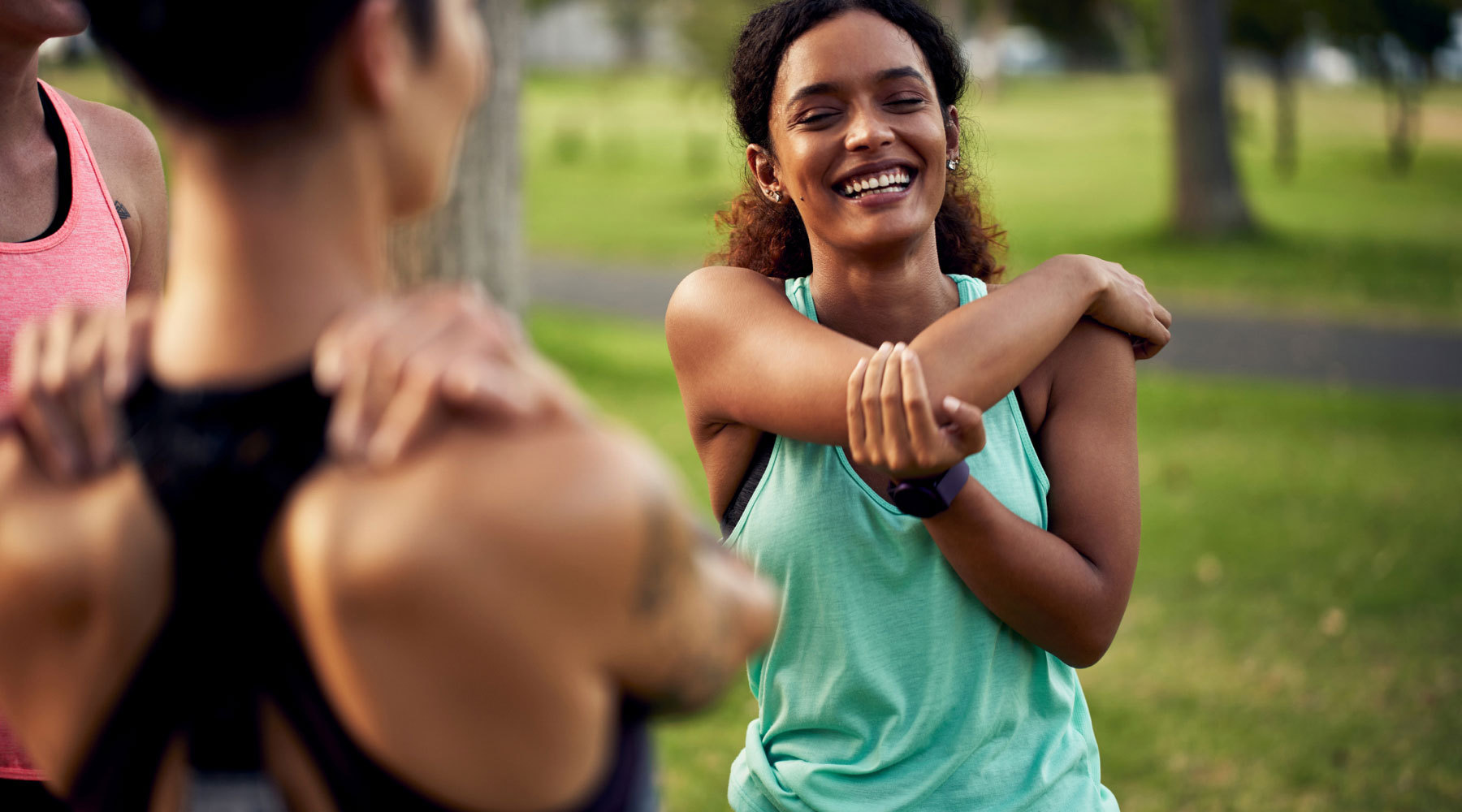Whether you’re a seasoned surfer or just starting out, injuries can happen if you’re not taking the proper steps to protect yourself from the waves. We sat down with Dr. A. David Davis, a Board Certified Orthopaedic Surgeon at Access Sports Medicine, to gain insight into some of the most common surfing injuries and how to best prepare before hitting the beach.
Q: What’s your experience as a surfer? What do you enjoy about the sport?
Dr. Davis: I grew up in California, so I started surfing when I was about 10, and I enjoy just being in the water and being with nature. It’s just fantastic, and I find it very therapeutic. In the summertime, I probably surf about 2-3 times a week.
Q: Have you ever been injured riding the waves?
Dr. Davis: Yes, I have. Two years ago, I tore my MCL when I was on a wave. Basically, my front foot slipped, and my knee gave out. I felt a pop and knew right away what it was. It gave me a real appreciation for my patients because here I was on the other side with an injury that I treat on a regular basis. I was pretty swollen, so I did all the things I tell my patients to do: I iced, I rested, and I used a brace. I was doing straight-line cycling, walking, and running in a couple of weeks.
That whole summer, everybody came in with a sports injury; I was like, I know how you feel. It really made me more open-minded with helping people get back to some type of activity—even if it wasn’t the exact activity they loved—in order to stay active. For instance, even though I couldn’t surf, I could ride a bike within a couple of weeks. So I’m really proactive with patients in that way.
Q: What’s the best way to get started if someone’s interested in trying it out?
Dr. Davis: Right here on the Seacoast, we have awesome waves to learn how to surf. There are a lot of great beaches where you have very slow rollers that will give you an ample amount of time to learn how to stand up. The best way to start is with some of the mechanics on dry land. You learn how to pop up when you’re lying down on a surfboard that is on the sand and then just going out there and paddling. The first several times, you just paddle and take the wave lying down, so you get the feeling of what it means for the wave to take you in and get going at the same speed as the wave. And then you learn how to transition from paddling to taking the wave to then popping up. Some people struggle with getting up to their knees and then getting up to their feet. Getting right up to your feet is a technique that can be learned through repetition, and our waves are really suited nicely for people learning how to surf.
 Q: What are common injuries you see as a result of surfing?
Q: What are common injuries you see as a result of surfing?
Dr. Davis: We see a fair amount of both upper extremity injuries, like shoulders, that people can get sometimes just from some microtrauma. And sometimes, you have a wipeout, and you can dislocate your shoulder. Rotator cuff injuries can happen with surfers in addition to knee injuries that I was just describing. Because you’re rotating, pivoting, and twisting, you sometimes see the MCL or even on occasion, an ACL or a meniscus tear.
Q: How can folks work to help prevent some of those injuries?
Dr. Davis: Especially with the shoulder, maintaining a good shoulder strengthening program and appropriate range of motion is really key to not getting an overuse injury. We will often send people to what’s called rotator cuff rehab. There, a therapist teaches them how to use different bands and establish the appropriate range of motion in all planes of their body so that when they go surfing, they can do that singular action rotation of paddling and have the strength to do it. They also are less likely to injure themselves because you’ve prepared for the sport.
We have therapists here where it’s really their profession to explain, demonstrate, and then lead a person through a whole shoulder program to get them strong. It’s not so much as going to a gym class. This is typically for someone who comes in with an injury, but, you would assign them to a home exercise program, and they would have a visit with a physical therapist who measures their range of motion, measures their strength, understands their individual plans, and gives them a dedicated exercise plan based on their current status. They can keep coming to a therapist for sessions or have a limited number and just do it on their own.
Q: How does the preparation for surfing differ from other sports in your estimation?
Dr. Davis: You’re really dependent on the environment. There have to be waves, and the waves change. It’s not like going down a ski slope where when you get to the top, gravity’s going to take you to the bottom. You have to really work with the conditions–big waves, small waves, choppy waves, wind, temperature. The combination of swimming plus the nature of the surfing component and all of the techniques required physically (standing on the board and guiding it down) is very interesting because you have a combination of multiple disciplines.
Q: Is there a seasonal element to this approach at all? How does winter surfing differ from summer surfing?
Dr. Davis: Out here, the waves tend to be much larger in the fall and the winter. You can still get larger swells in the summer, but they’re not as consistent. The temperature is a huge factor so having the appropriate wetsuit and having the appropriate equipment that allows you to navigate the seasons is pretty critical. It depends on what your interest level is. There are many, many different types of surfboards (longboards, shortboards, paddleboards, boards that you can do more tricks on, boards that are faster or slower). A lot of it depends upon matching the type of board with the conditions. We have excellent surf shops right on the Seacoast. These guys do this every day, and they can help get you the board that fits your needs.
Q: If someone is injured while catching waves, what’s the recommended course of action?
Dr. Davis: It depends on the severity of your injury. If your shoulder is just kind of hurting, most of the time a strain, something that is mild, really should be getting within 7-10 days. A pain that lasts beyond that frame oftentimes can be more significant than a mild muscle strain. And when you have increased stiffness, when you have weakness with activities that you used to be able to do, when you start having night pain (that’s a big concern); that’s when you would come in and see your orthopedist just to check it out and make sure it’s not something more significant that could potentially need additional interventions.
Feel confident getting back up on the wave
If you’re injured while surfing this season (or at any time during the year), our team of sports medicine specialists can help you through every stage of the healing process, from diagnosis to applicable recovery exercises. We’ll work with you to decide what treatment methods are best for you so you can get back to riding the waves! Request an appointment today and experience the Access Sports Medicine difference.




